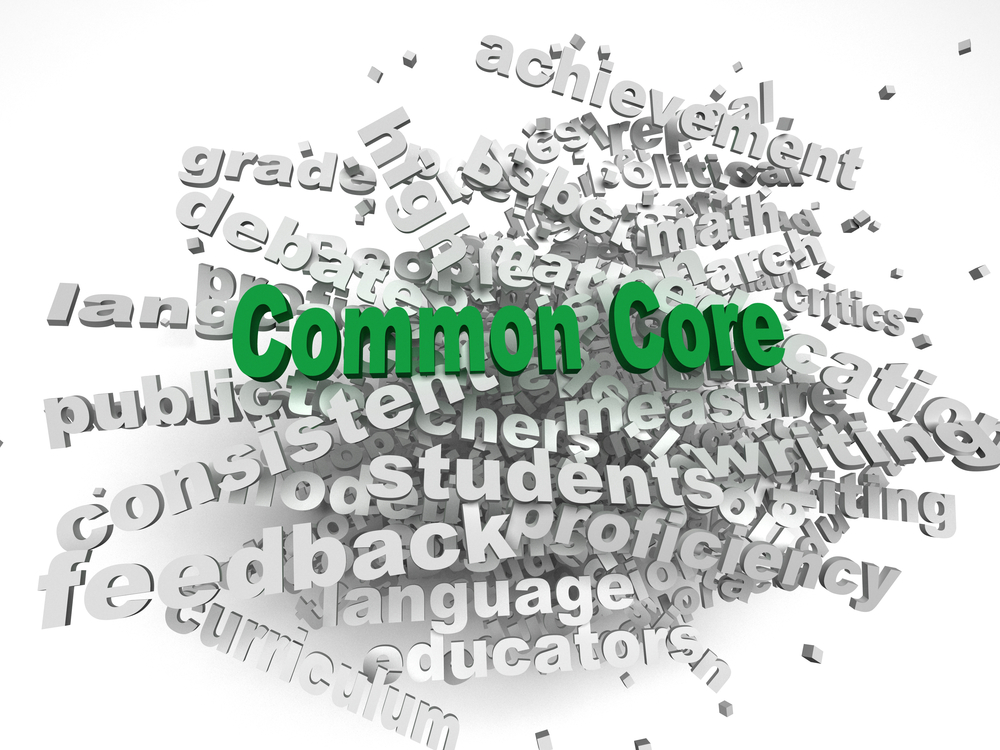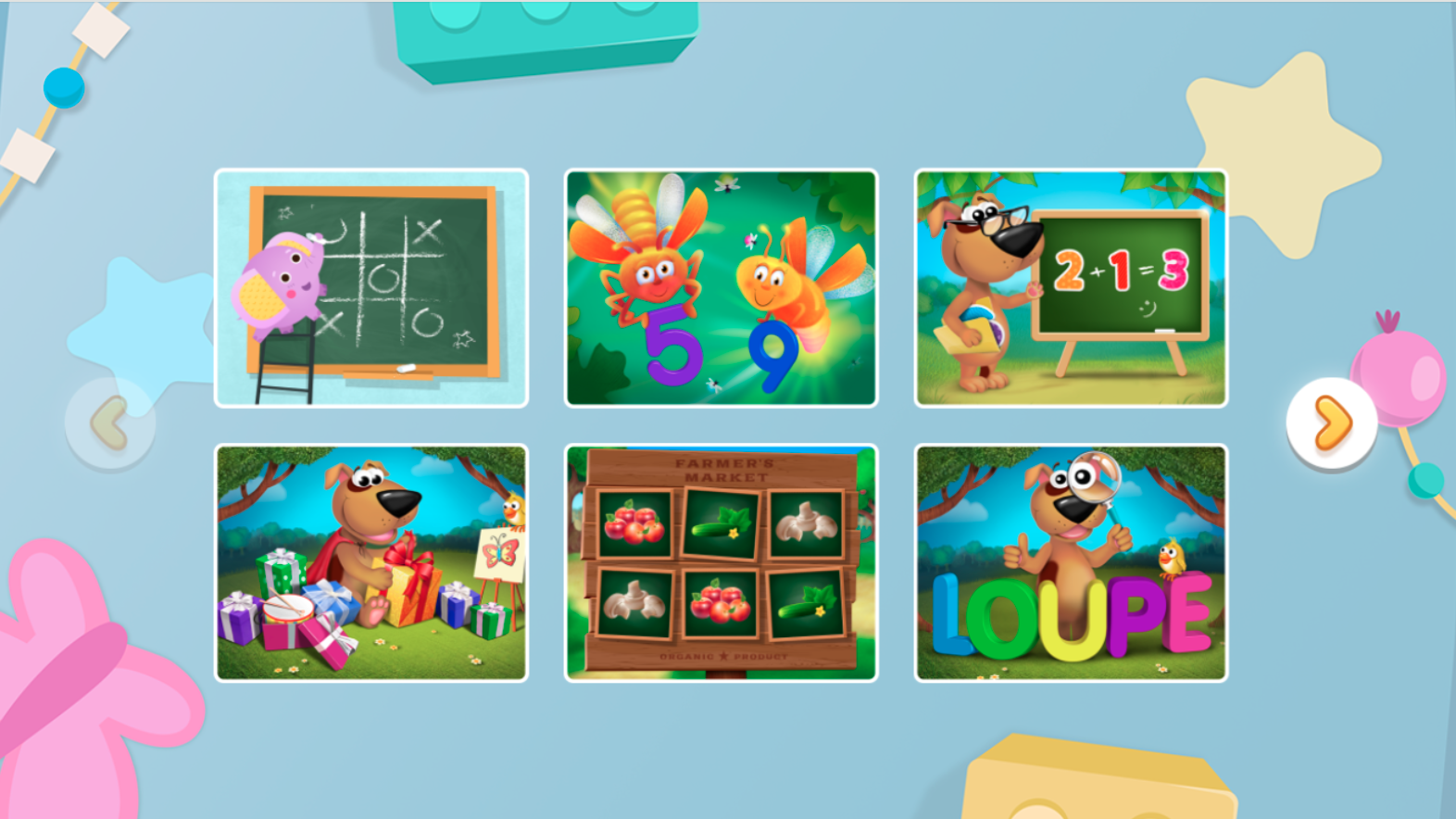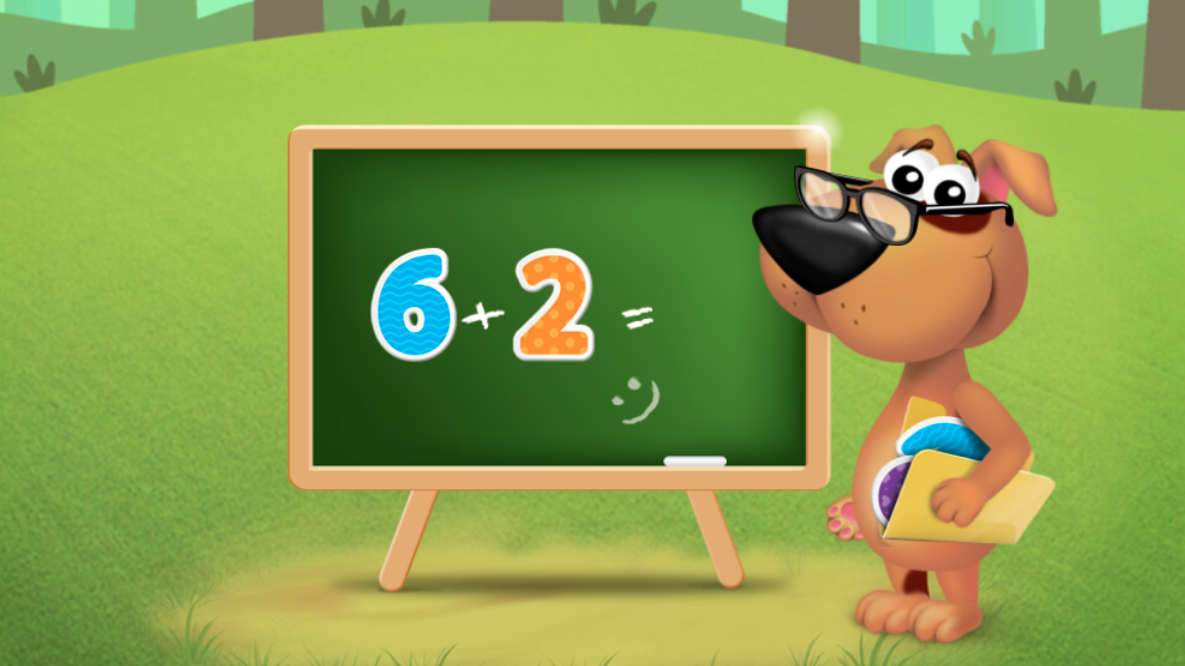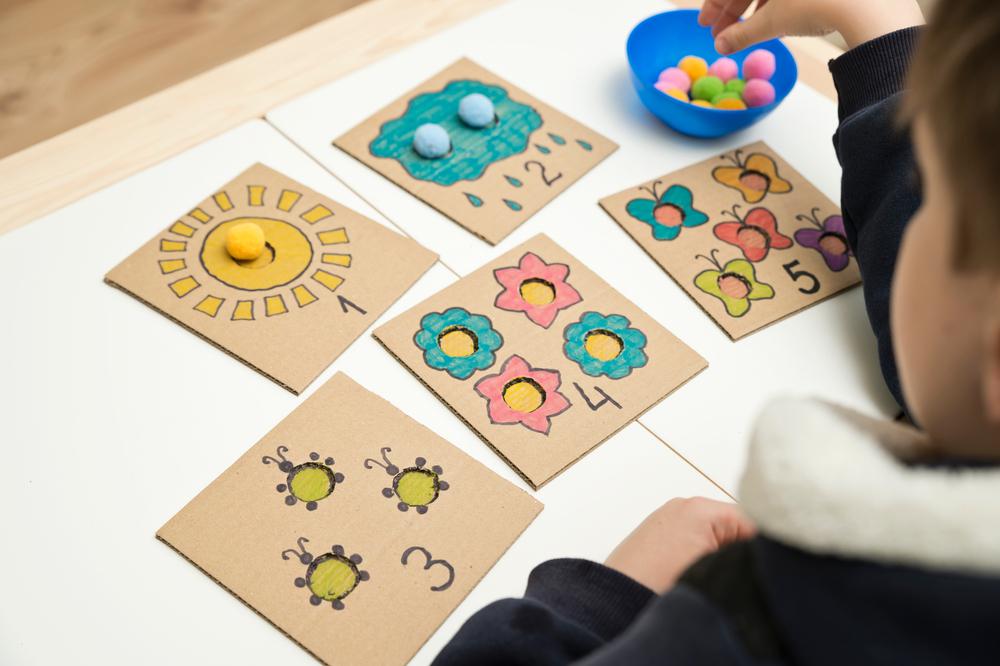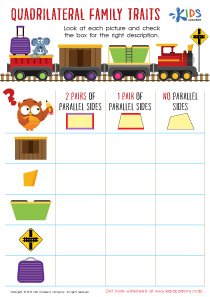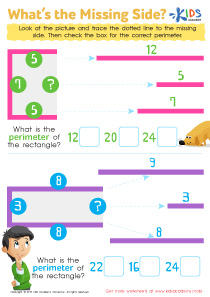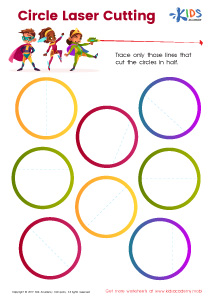Shape Recognition Normal Tracing Shapes Worksheets for Ages 3-8
6 filtered results
-
From - To
Introducing our "Shape Recognition Normal Tracing Shapes Worksheets" designed for children ages 3-8! These engaging worksheets provide a fun and interactive way for young learners to develop essential skills in shape recognition and tracing. Each worksheet features a variety of geometric shapes that kids can trace, helping to improve their motor skills and hand-eye coordination. Additionally, children will learn to identify various shapes through colorful illustrations and engaging activities. Perfect for classroom use or at-home practice, these worksheets make learning shapes enjoyable and effective. Foster your child's learning journey today with our thoughtfully designed shape tracing resources!
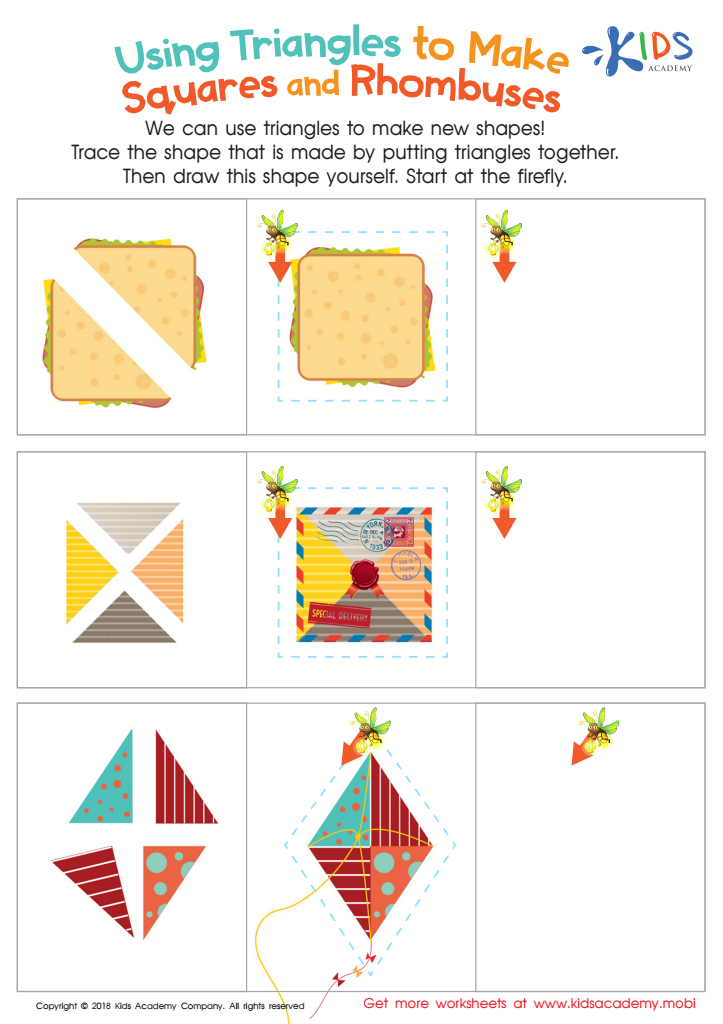

Using Triangles to Make Squares and Rhombuses Worksheet
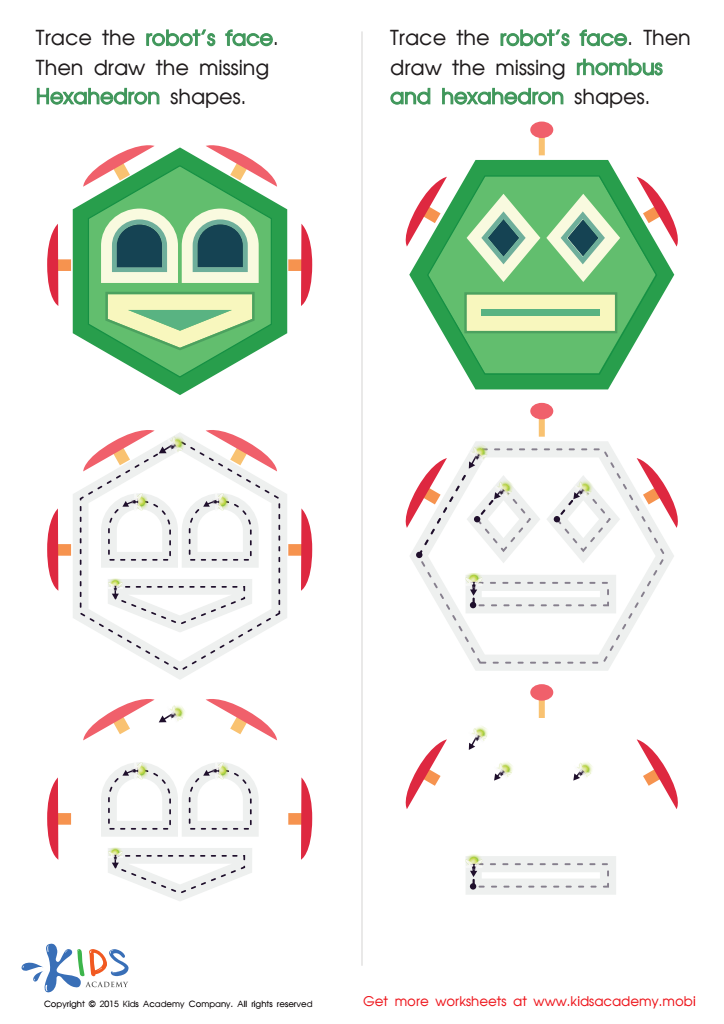

Practice Drawing Hexahedrons And a Rhombus Worksheet
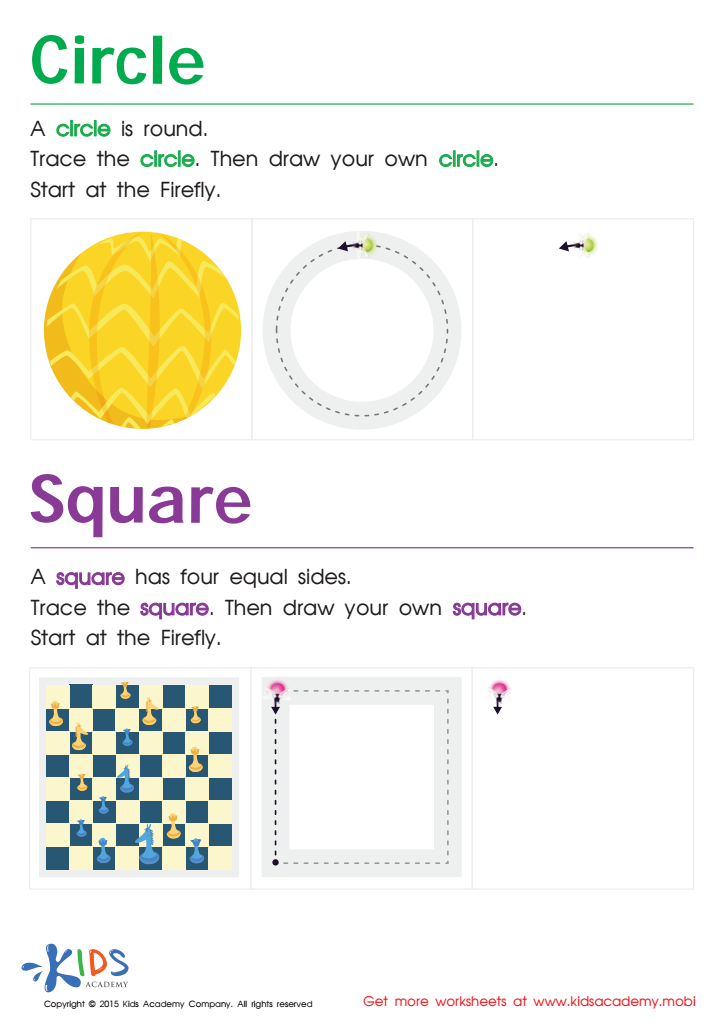

Trace And Draw a Circle And a Square Worksheet
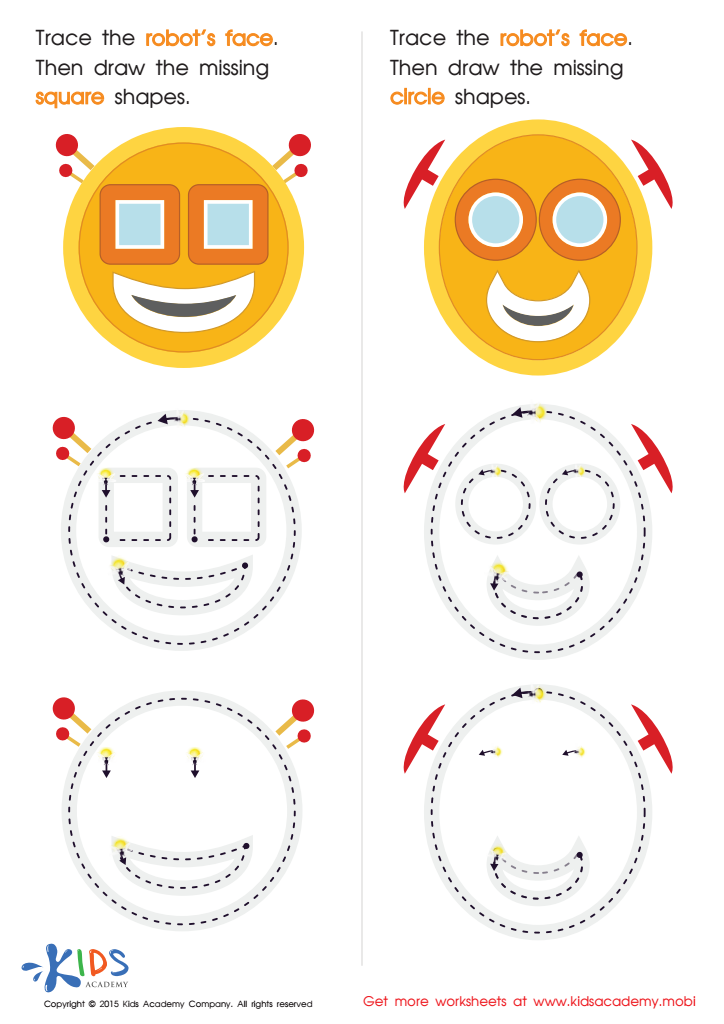

Practicing to Draw Circles And Squares Printable
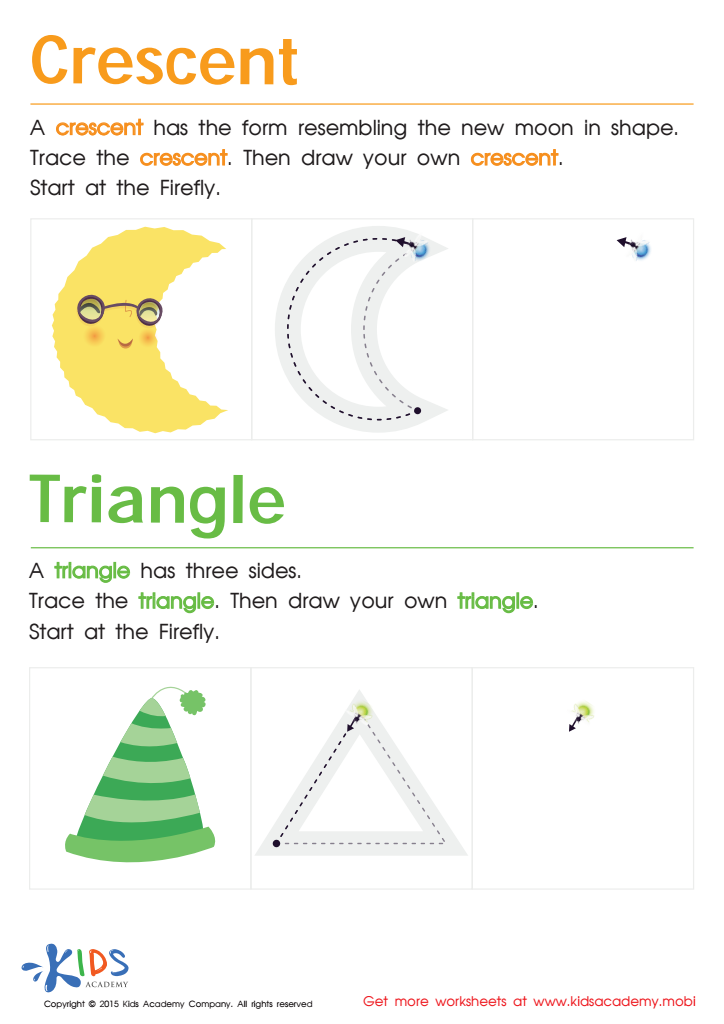

Learning to Draw Crescents And Triangles Worksheet
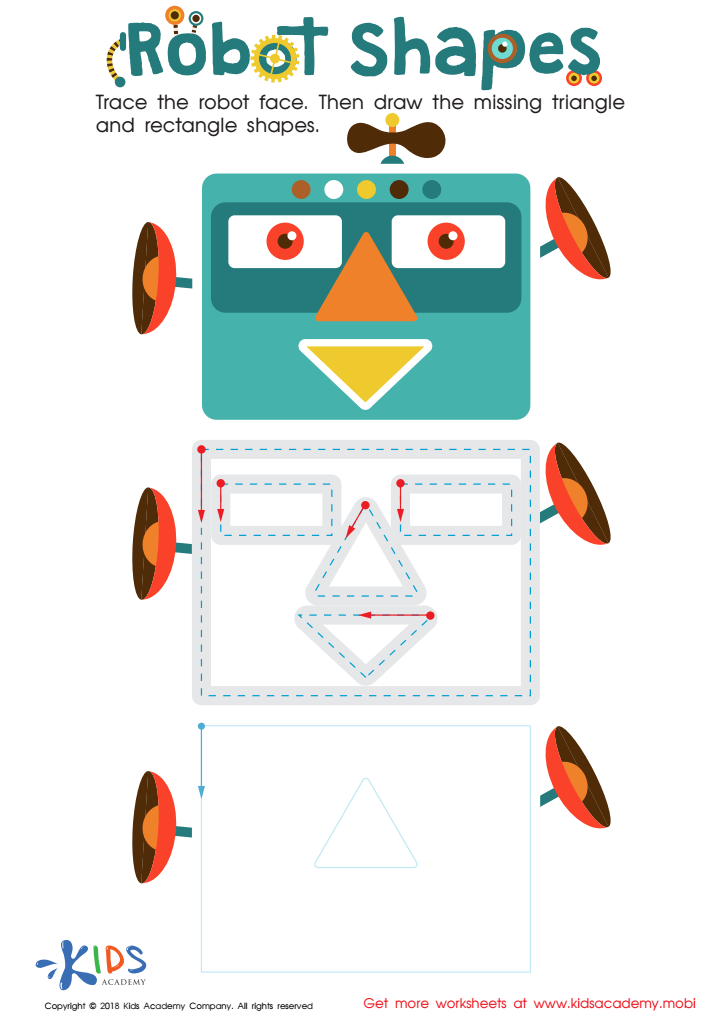

Robot Shapes Worksheet
Shape recognition and tracing for children aged 3-8 is crucial for cognitive and motor skill development. During these formative years, children are naturally curious and eager to explore their environment. Activities that involve recognizing and tracing shapes help them build foundational skills that serve as stepping stones for more complex concepts in math and geometry later on.
Parents and teachers should care about this aspect of early education because it fosters essential skills such as visual perception, hand-eye coordination, and fine motor skills. Recognizing and differentiating between shapes aids cognitive growth, helping children to categorize and analyze their surroundings. Furthermore, tracing shapes enhances muscle control in the hands and fingers, setting the stage for successful writing later on.
Additionally, engaging in shape-related activities can boost a child's confidence and creativity. It encourages critical thinking as they learn to associate shapes with real-world objects, strengthening their understanding of spatial relationships. Beyond academics, recognizing shapes also forms the basis for problem-solving skills, enabling children to navigate and make sense of their world effectively. Overall, investing in shape recognition and tracing can significantly influence a child’s overall development, laying the groundwork for lifelong learning.

 Assign to My Students
Assign to My Students


